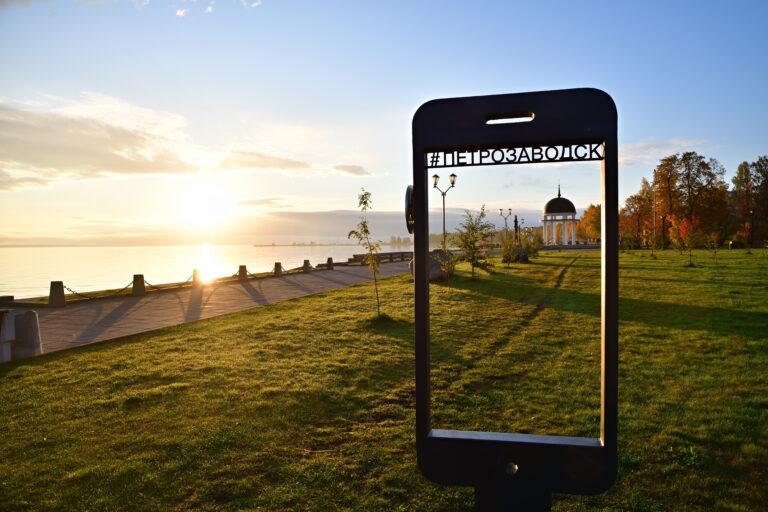In the digital age, the preservation of cultural heritage faces increasing challenges, from physical deterioration to environmental and human threats. In this context, digital twins emerge as a powerful and revolutionary tool for heritage conservation and management.
Today we talk about the importance of digital twins in heritage preservation and how they are transforming the way we interact with our history and culture.
Digital twins are accurate and detailed virtual representations of real-world objects, places, or systems. Using technologies such as photogrammetry, laser scanning and augmented reality, an exact digital replica is created that can be safely explored, analyzed and preserved.
One of the greatest advantages of digital twins is their ability to provide precious and detailed heritage preservation. These virtual recreations allow archaeologists, historians and conservators to study and analyze objects and structures without putting the originals at risk.
From ancient sculptures to complex archaeological sites, digital twins offer a secure way to document and preserve our heritage for future generations.

Another significant advantage of digital twins is their ability to provide universal access to cultural heritage. Through online platforms and virtual reality experiences, people around the world can explore and learn about art and culture, regardless of their geographic location. This not only democratizes access to knowledge, but also fosters greater appreciation and understanding of our shared history.
Digital twins are not only tools for conservation, but also for research and education. They allow scholars and students to examine objects and structures in detail, perform scientific analysis, and recreate historical scenarios with an unprecedented level of precision. Furthermore, the integration of technologies such as artificial intelligence and machine learning is taking research in the field of heritage to new heights.
In the field of heritage management and urban planning, digital twins are indispensable tools. They allow managers to visualize proposed changes, simulate development scenarios and effectively manage the conservation of historic buildings and landscapes.
This not only helps protect our cultural heritage, but also ensures sustainable urban development that is respectful of the history and identity of a community.
In conclusion, digital twins are playing a fundamental role in the preservation and promotion of our cultural and historical heritage. From preserving delicate objects and structures to facilitating universal access to knowledge, these tools are helping to ensure that our past heritage is preserved and behaves for future generations.
c/ Vallirana 79 1º 3ª 08006 Barcelona, España | Teléfono: +34 610 880 469 / +34 600 015 706 | Correo electrónico: info@fernarprojects.com
Copyright © 2023 proyectos fern AR